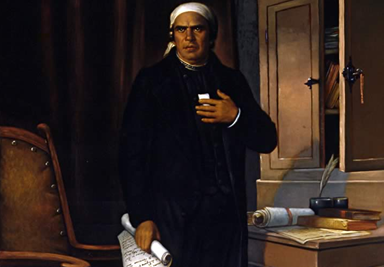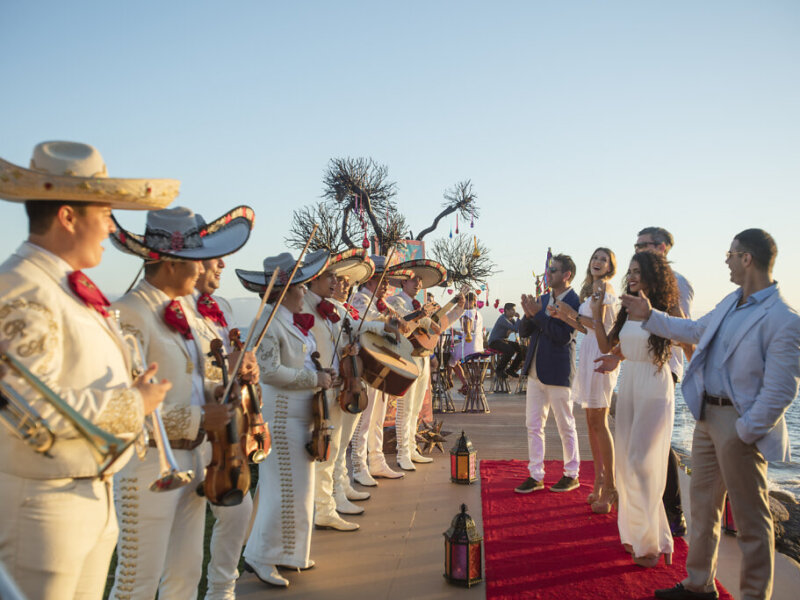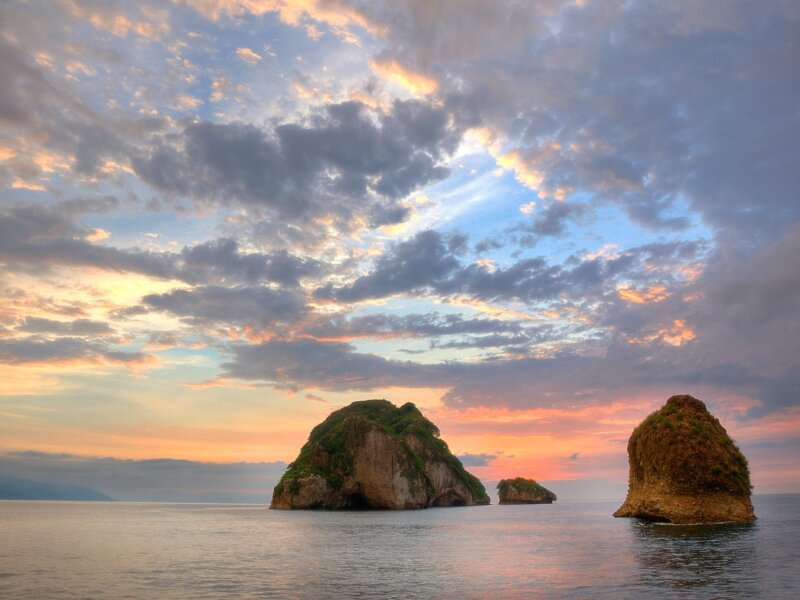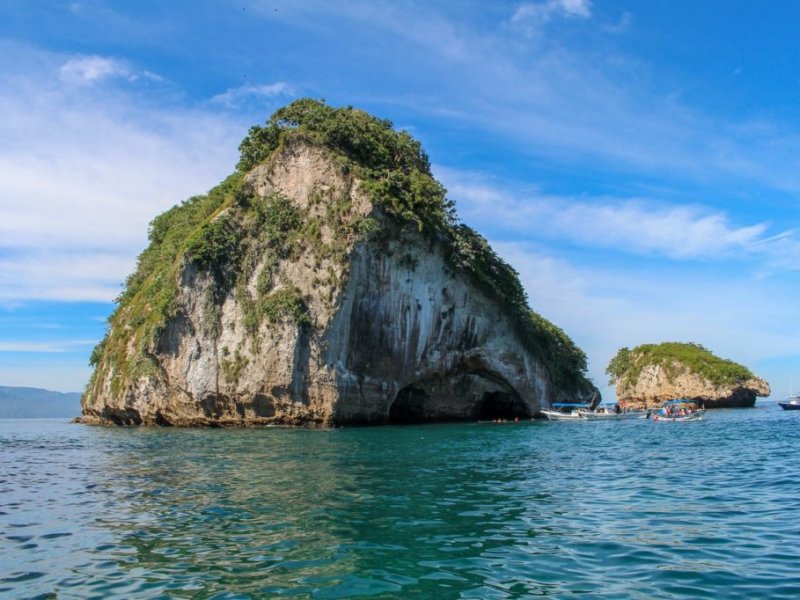National Independence: A Decade of Tireless Struggle
By Verónica Toro
Translated by Nyima Bieber

Ignacio Lopez Rayon continued the legacy of Hidalgo alongside the priest Jose Maria Morelos y Pavon. Rayon gathered all the troops that were scattered throughout the different cities, while in the south, Morelos formed his own army and divided its campaigns as follows:
The first was in October 1810 in Carácuaro, Michoacán, where he left with just 25 armed men, but was joined by new leaders such as the brothers Galeana, Bravo and Vicente Guerrero. In the second, Miguel Bravo and Valerio Trujano were to go to Oaxaca, and the brothers Galeana from Morelos and Toluca to Puebla, but Calleja besieged them for 73 days; he was never achieved his goal and the independence fighters never surrendered. At this time more men joined the troops, including Mariano Matamoros.
In the third campaign, Valerio Trujano and Morelos were victorious in Huajuapan, Oaxaca, as well as in Veracruz and Puebla. En 1813, the fourth campaign began with the taking of Acapulco; they decided to divide the army to extend the conquest but Matamoros was captured on orders from the now viceroy Calleja.
Morelos decided to remain inactive until 1815. When found, he was transported to Mexico City, and declared “heretic” for going against ecclesiastic law. He was shot to death on December 22nd in San Cristobal Ecatepec.
The Resistance and Consummation
Juan Ruiz Apodaca, the new viceroy, promised to forgive the insurgents on the condition that they surrender and hand over their weapons. At that time Francisco Javier Mina appeared on the scene; he was against the monarchical government, and along with Friar Servando Teresa de Mier, began the new adventure against Spanish rule. He was caught, however, on the rancho El Venadito in Guanajuato and shot in November of 1817.
Colonel Vicente Guerrero continued to fight and managed to win many battles thanks to endless number of circumstances that greatly contributed to the emancipation of the country: the struggle of the Spanish to rid themselves of the monarchy (a plan lead by Colonel Agustin de Iturbide); the Iturbide-Guerrero alliance to give the territories their independence and the signing of the Plan of Iguala on February 24th, 1821, which proclaimed that New Spain would be completely free.
The viceroy of that year, Juan O’donojú met with Iturbide to develop the “Treaties of Cordoba“, which consisted of naming the new nation as Mexican empire and ordering the removal of Spanish troops from all territories.
On September 27th, 1821, the army known as the “Trigarante” entered Mexico City and finished the fight started by Miguel Hidalgo, achieving the signing of the act of independence.
¡Viva México!











